- Learning time
- 20 minutes
- First play time
- 60 minutes
Cartagena
Designed by: Leo Colovini
In Cartagena each player leads a band of pirates. Imprisoned on the titular island, everyone is trying to be first to get all their pirates onto a boat.
The board is modular, so you can lay it out in any number of ways, as long as the final set-up shows the cell at one end, and then a single tunnel to a boat at the other. Throughout the tunnel are symbols which will define how far you can move a pirate – all of your pirates start in the cell, and on your turn you have two options. You can play a card with a matching symbol to move one of your pirates to the next matching symbol along the route. You can ignore any matching symbols already occupied by other pirates, so as the game continues and the tunnel gets more full up with scurrying pirates, it’s possible to jump enormous distances this way. If you play a card that has no matching symbol ahead of it at all, you travel forward all the way onto the boat itself! This is good.
Your other option is to move one of your pirates back down the tunnel to the next occupied space, and pick up as many cards as there were pirates there before you arrived (caveat: there can be at most three pirates on a given space, so you’re only picking up two cards at most). Because this is the only way to pick up cards, you’ll find yourself moving pirates back a lot – but if you play your cards well, it’s not as prohibitive as it seems.
Eventually someone will get all their pirates on the boat, and the boat then sails with that person declared winner.
In later editions of Cartegena you can also play the board island side up, or a mixture of tunnel and island. When traveling along the island moving forward works exactly the same, but in order to collect cards you push an opponents pirate forward, instead of your own pirate back. There are also some other (optional) rules you can bring into play, involving treasure and special cards.
Joe says
This takes the piggy-backing that you find in some games scoring mechanisms (where you will hop over other players pieces rather than share the same space) and turns it into a whole game. Solid, and fun while it lasts every now and again.
The guru's verdict
-
Take That!
Take That!
None to speak of. Someone can move back a pirate that makes your planned Perfect Move less so, by revealing a symbol you really didn't want to see. But nobody knows what cards you have, so this type of thing is inadvertent rather than targeted.
-
Fidget Factor!
Fidget Factor!
Low. There are very few choices to make, and often you don't have as much cards as you'd like to make them with anyway.
-
Brain Burn!
Brain Burn!
Very low. Just keep an eye on when to make those big leaps forward, as if you don't spot it someone in front of you in the tunnel may do.
-
Again Again!
Again Again!
It's not a game sparkling with variability, but it's easy to pick up and play and doesn't tend to outstay its welcome. The tension builds too: at the start everything seems pretty straightforward, but as the game end approaches someone seemingly far behind can surge forward courtesy of all the pirates ahead of them blocking every symbol.

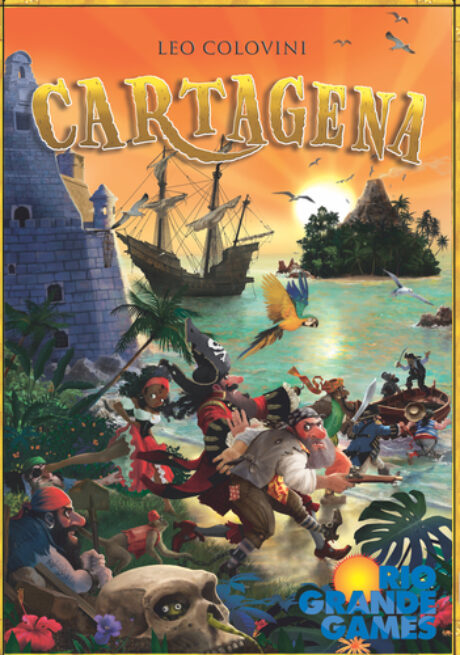
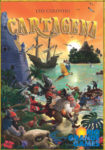
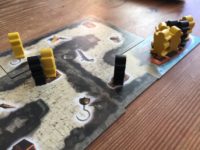

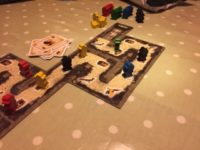
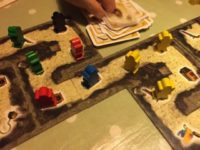



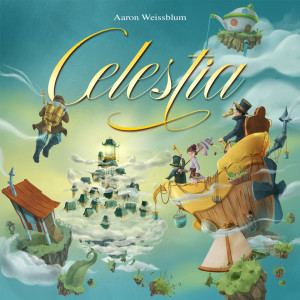
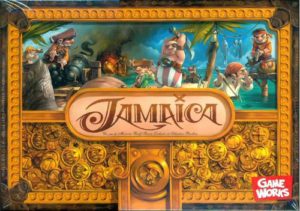


Sam says
Pirates! In a tunnel! Running back and forth! To be honest it could just as easily have been accountants rushing to the pub or squirrels chasing a nut, but for all that the game doesn't feel piratey, it's still a neat mechanic that balances a little luck with some tactical play. I like the swinginess of the game in that someone can look in a strong position but find themselves pulled back as everyone jumps past them onto the boat... It's a pretty fun game; not one I ever yearn to play, but when I do it's diverting enough.